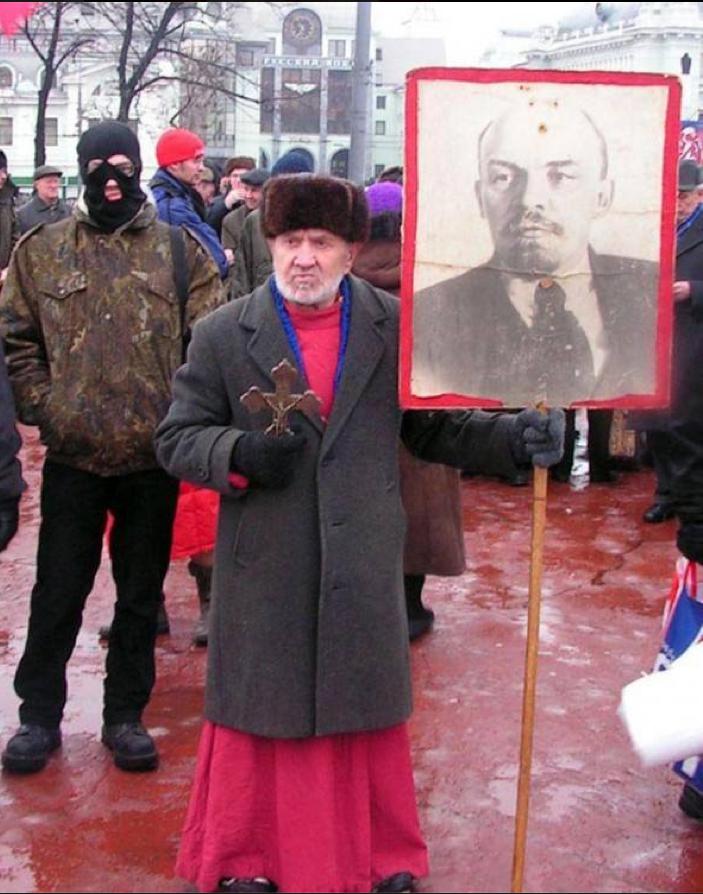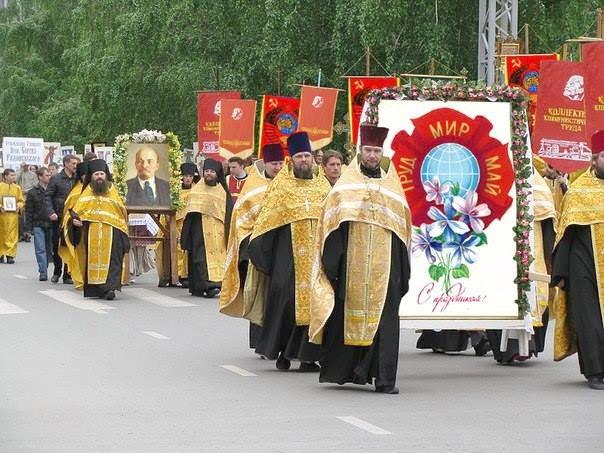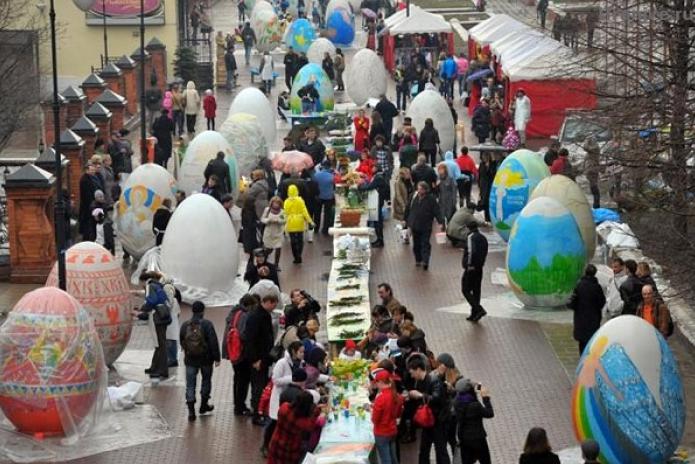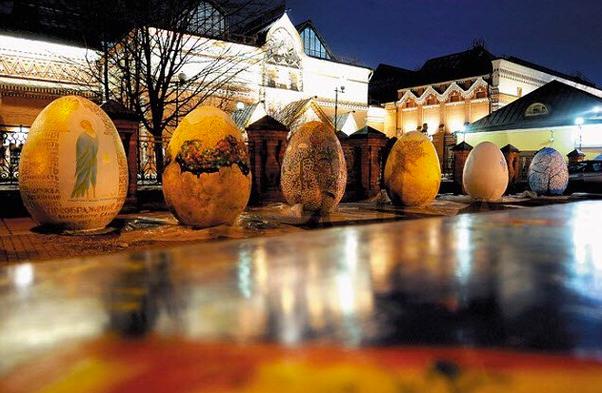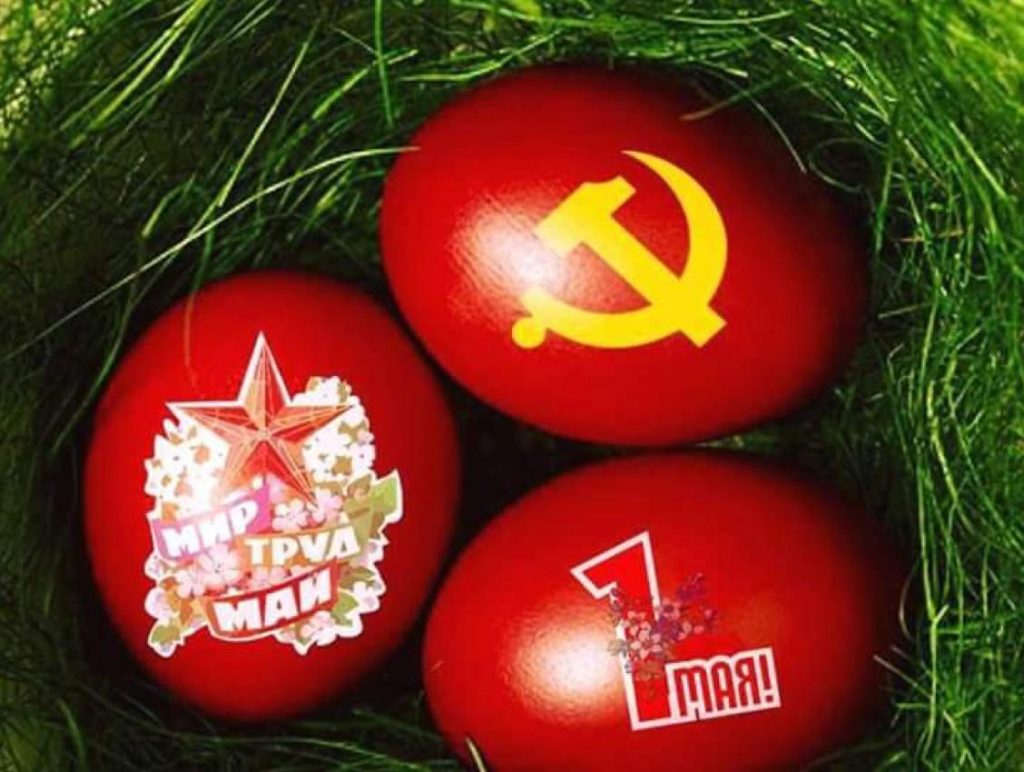In Russia Easter is usually celebrated later than in the West. This happens because Easter dates are determined by different calendars. The Russian-Orthodox church uses the old Julian calendar, whereas the Roman Catholic and Protestant churches switched to the Gregorian calendar in the 16th century.
This year Russians celebrated Easter on May 1. May 1, the May Day, was chosen in the late 19th century as the date for International Workers’ Day by the Socialists and Communists of the Second International. In Soviet Union it became the second biggest celebration of the year. The first biggest celebration was the November 7, the day of the communist Revolution. May Day is still celebrated actively in Russia by old communists, young leftists, professional unions activists and many others.
The end of the Easter week coincided this year in Russia with another big traditional celebration: commemorating the Victory in WWII on May 9, the holiday, which lately started growing into the biggest celebration in Russia.
These two coincidences created a lot of controversy.
Easter is the major religious celebration in Russia. It is even more important there than Christmas. It is a lot more than a celebration of the resurrection of Jesus. This is a long and powerful tradition that could not be eliminated even by communists.
This year on May 1, the Russia’s Main Easter Service at Moscow’s Christ the Savior Cathedral, the biggest church in Russia, was attended by some 5,000 people. It was led by the head of the Russian Orthodox Church Patriarch Kirill.
Russian President Vladimir Putin and Prime Minister Dmitry Medvedev attended the service. The ceremony was broadcasted by Russian Television. RT (Russia Today TV) filmed the service. Here is the recording:
https://www.youtube.com/watch?v=cSwRcB4msRU
These days, when Russian Orthodox Christianity is presented by Putin’s government as the basic ideology of the country, pro–government organizations don’t want to contradict it. So, after some discussions the leaders of Russian Professional Unions decided to cancel their traditional May Day demonstrations.
Nevertheless the coincidence of May Day and the Orthodox Christian Easter brought to the streets of the Russian capital tens of thousands of people: communists, socialists, trade unionists, anarchists, feminists and LGBT activists.
Thanks to the coincidence one could see in Moscow streets some paradoxical signs of the contemporary mix of religious and communistic sentiments, which in not far away past were considered absolutely antagonistic.
Most of the Moscow decorations were inspired by images of Easter eggs, traditionally very popular in Russia. But even these eggs could be unexpectedly decorated with communist symbols.
Some of Moscow decorations this year created a lot of controversy. Traditional religious decorations were criticized by some Muscovites as kitsch.
Especially many protests were triggered by the sculpture of a green maiden emerging from the ground, which by the idea of her creators should symbolize the spring awakening. Muscovites decided that the maiden looks like a zombie and gave her a nick name “Green Dame”. Finally authorities moved the sculpture from the center of Moscow to the city’s outskirt.
The decorating of the Russian capital cost this year $2.5 million, more then previous years. It is at the time of crisis, when many Russians are entering poverty.
As Easter celebration was connected this year with the celebration of the Victory Day, the City authorities sent to WWII veterans (people around 90 should they still be alive) food packages consisting of such “delicacies” as 100 grams (3,5 ounces) of salami, 100 grams of tea, 140 grams (4.9 ounces) of cream cheese, some honey and dried fruits.
The cost of all the packages was 2.9 million rubles. Meanwhile some critics paid attention to the fact that just taking care for the live donkey, which strangely was a part of the Moscow Easter decorations, cost 3,2 million rubles.
What is more significant, the critics discovered that decorating of Moscow is handled every year by the same company. One of the owners of the company is the daughter of a member of the City Parliament.



